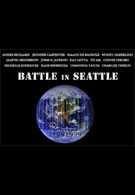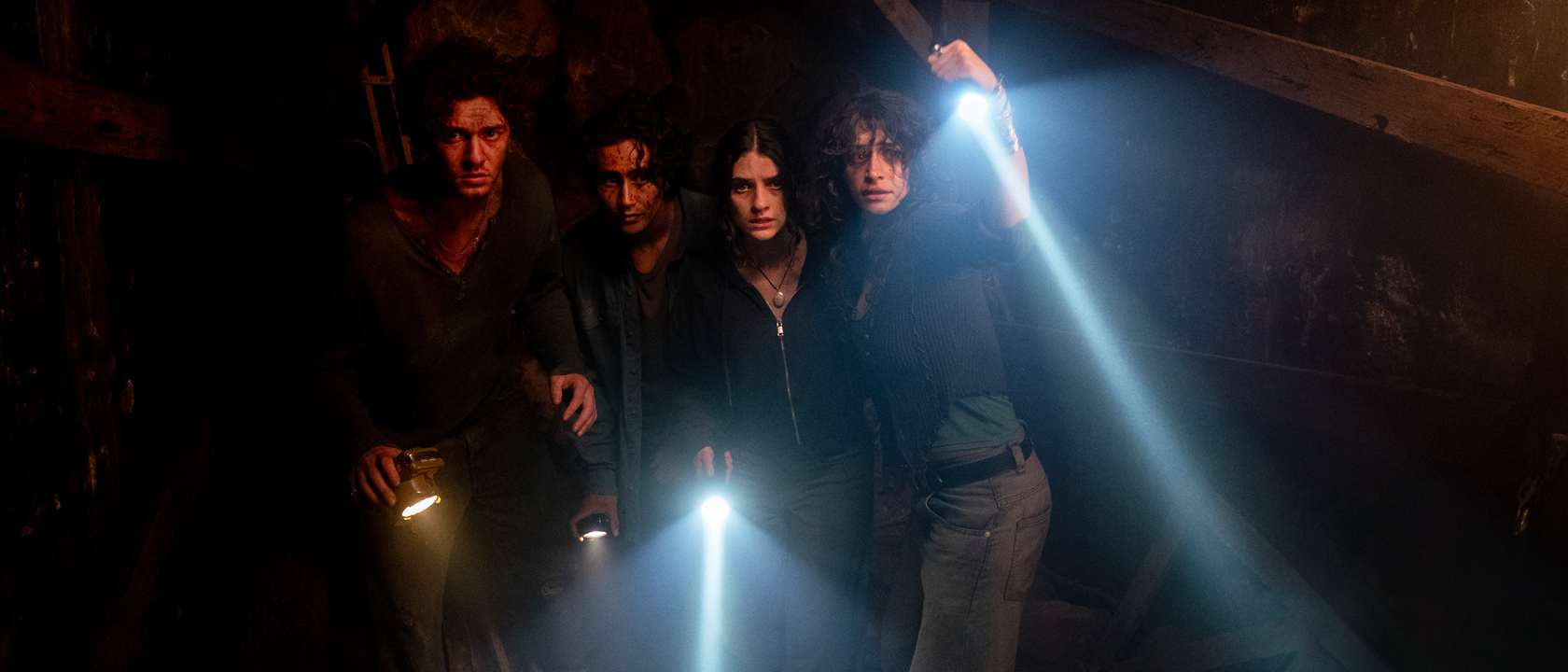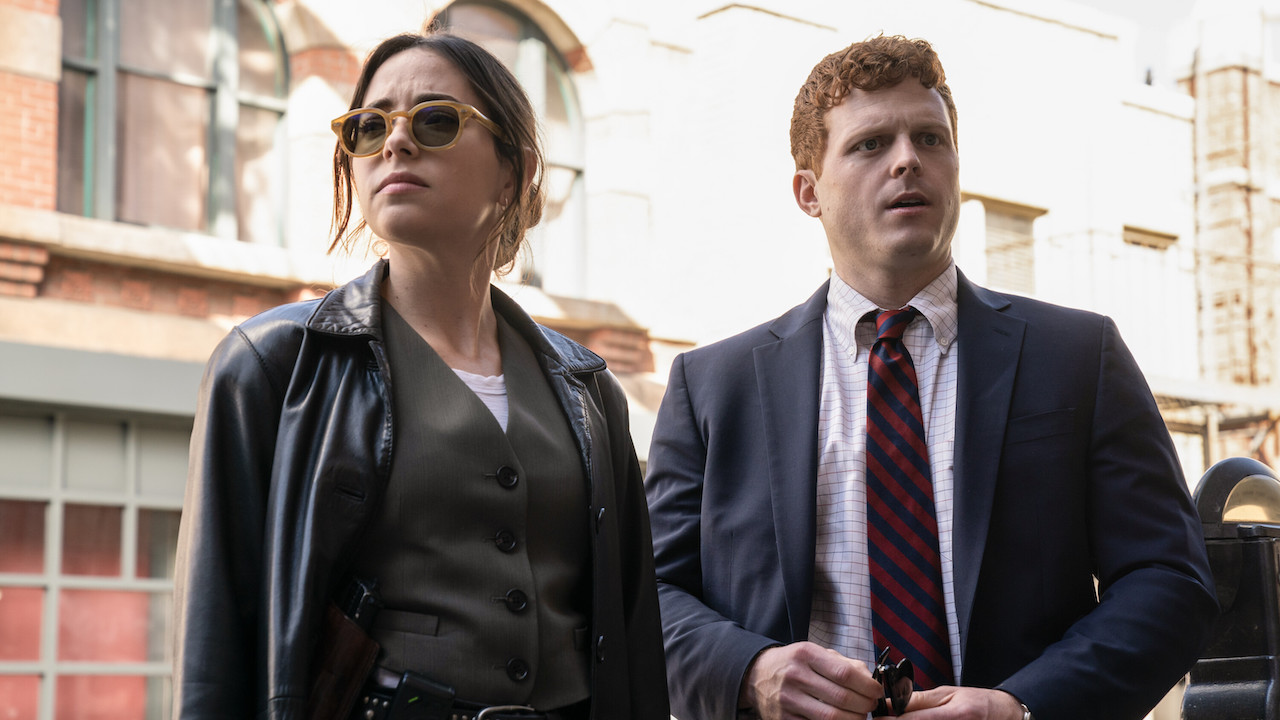I’ve been to two protests in my life, one of them being a march against the Iraq war in the month preceding the invasion in 2003 (yes, I’m still proud of it). I didn’t see anyone get arrested or witness anything near the drama that happened at the 1999 WTO protests in Seattle, but I clearly remember the exhilirating atmosphere out there, believing in the power of the people to actually change the world.
That heady emotion, along with the darker underbelly of mass demonstrations, enlivens Battle in Seattle and gives the film its deep emotional core. By not necessarily glorifying the activists while agreeing with their cause, writer-director Stuart Townsend creates a multilayered portrait of an eventful five days that is much more about the people involved rather than the cause they were fighting for. It probably won’t find its way onto the WTO’s Netflix queue, but it’s worth a look even from those who think protesters are just bored, unwashed hippies.
After a quick presentation explaining why the WTO is evil (short answer: it kills the third world!), Battle in Seattle jumps right into the action. The WTO was planning a meeting in Seattle with all of their worldwide delegates, and in an attempt to draw attention to the perceived crimes of the organizaiton, thousands of protesters descended upon the city. One group is led by Jay (Martin Henderson), a longtime environmental activist who has already seen trouble with the law. Jay begins a tentative flirtation with tough girl Lou (consummate tough girl Michelle Rodriguez), but the two are soon swept up in the action of the first day of demonstrations. Lou, along with environmentalist Django (Andre Benjamin, a.k.a. Outkast’s Andre 300) is part of a group that chains itself together in order to block the WTO delegates from getting to the conference, while Jay works to execute a peaceful protest. In the meantime, Mayor Jim Tobin (Ray Liotta) tries to keep his promise to the protesters that excessive police force wouldn’t used, despite pressure from the state government and even the White House.
Elsewhere Ella (Charlize Theron) works her cashier job even as the protest outside grows increasingly violent, while her husband Dale (Woody Harrelson) is part of the police force trying to keep the peace. A number of hotshot young cops (Channing Tatum and Joshua Jackson among them) are anxious to start cracking skulls, even as the official word is to make no arrests and use no force. A television reporter is caught up in the spirit of the protestors’ message, while inside the conference, delegates with good intentions are ignored because of the disruption outside.
What happened next became national news back in 1999. Vandalism, looting and violence erupted among the protesters, forcing the police to respond by illegally arresting hundreds of demonstrators, often using extensive force. Each of our characters is caught up in the chaos, as Lou and Django are apprehended while Jay fruitlessly tries to negotiate with the violent activists. Ella is tragically injured, which unhinges Dale at a key moment when he faces off against Jay.
Even though we know what happened after the protests-- the WTO still exists, and massive protests are still only a moderately successful way of drawing attention to a cause-- Battle in Seattle possesses a great deal of drama and tension, mostly thanks to our concern for the leading characters. Jay can’t afford another arrest before being thrown into jail forever, so the last 20 minutes of the movie hinge on whether or not the activists’ lawyer can convince the mayor that the illegal arrests must be overturned. At the same time Ella has spurned Dale for his participation in the riots, and his careful attempts to win her back are a nice contrast to Jay and Lou’s interrupted courtship.
By showing the events inside the conference as well as the city government, Townsend avoids a myopic view of events that are controversial even among those who supported the protesters’ cause. The movie ends on a happy note, with the WTO talks collapsing thanks to dissent from representatives of poorer countries, but it never pretends the future was just as rosy. The final scene gives way to images of protests against the WTO that have happened all over the world since 1999, a potent reminder of the power of protest that goes beyond punk kids trying to cause trouble. Say what you will about the activists at the so-called “Battle in Seattle,” but they were exercising one of America’s most core constitutional rights, and eventually had something to show for it.
Staff Writer at CinemaBlend












